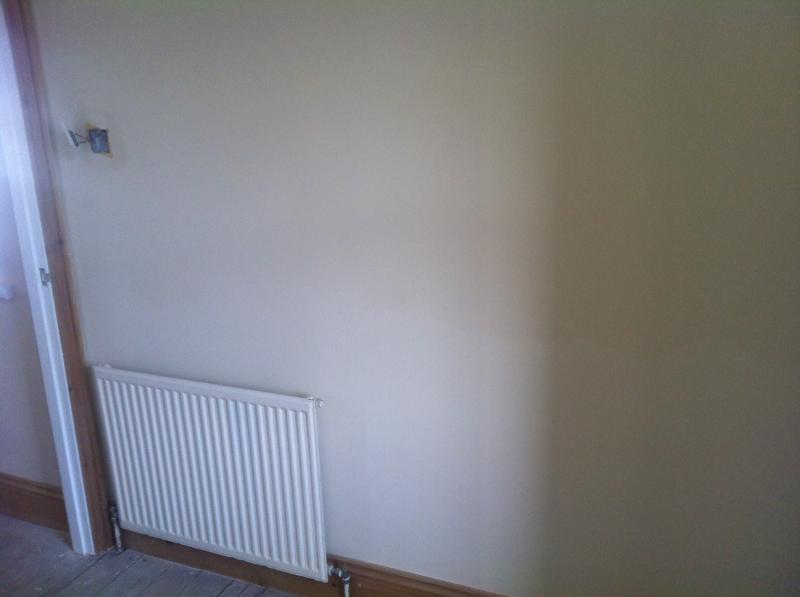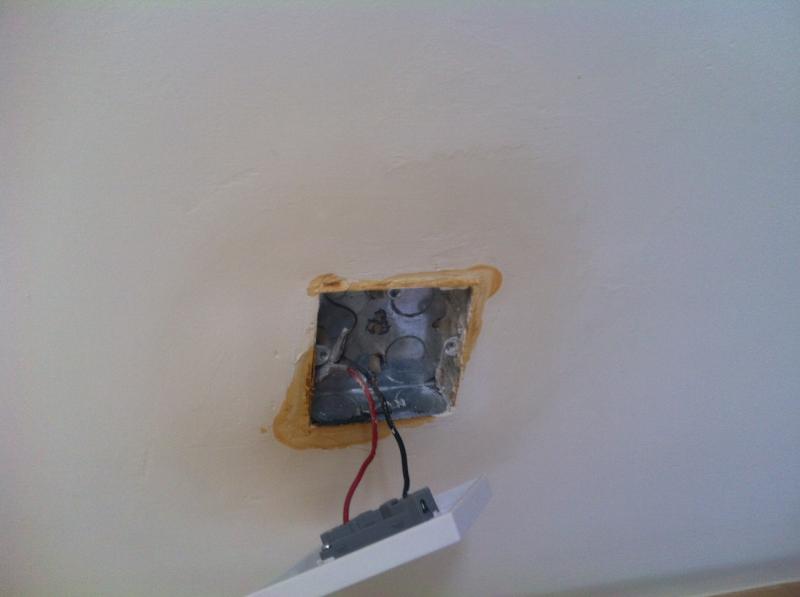Have 2 locations where orange rust marks are bleeding through from a light-switch back-box to the finished plaster through the paint.
I replaced one of the 'rusty' back-boxes, although the replacement is rusting again, where i possibly sanded the edges after filing around it?
There appeared to be a drop of water from the inside of one of the boxes, could this be condensation rather than water coming through the wall?
The wall in the first photo was taken back to brick where it had blown and rerendered/ plastered. There is always a line on the wall between new and existing in these winter months which wasnt present during summer, maybe think the whole wall should have been cut back now.
L
The house is not yet lived in so heating only only at a weekend.
Any ideas?
Thanks
I replaced one of the 'rusty' back-boxes, although the replacement is rusting again, where i possibly sanded the edges after filing around it?
There appeared to be a drop of water from the inside of one of the boxes, could this be condensation rather than water coming through the wall?
The wall in the first photo was taken back to brick where it had blown and rerendered/ plastered. There is always a line on the wall between new and existing in these winter months which wasnt present during summer, maybe think the whole wall should have been cut back now.
L
The house is not yet lived in so heating only only at a weekend.
Any ideas?
Thanks




